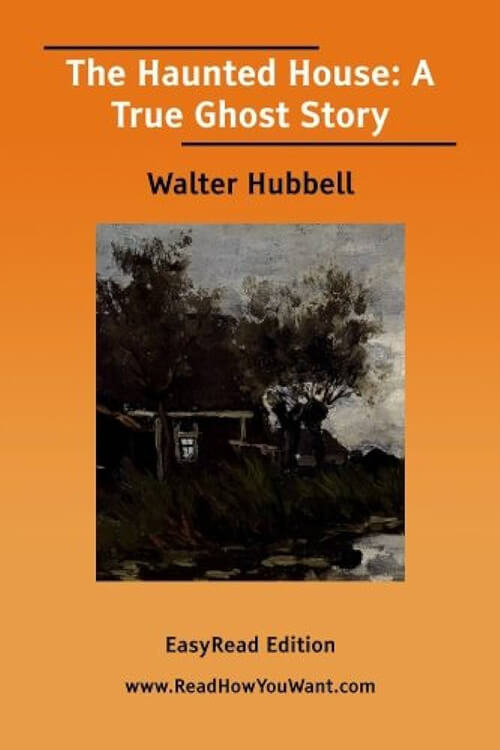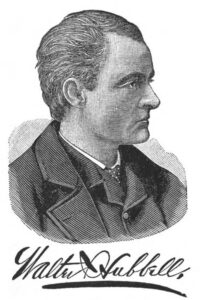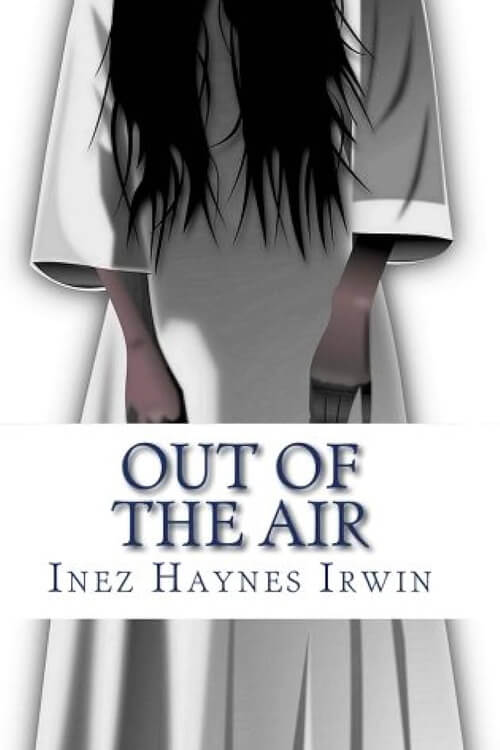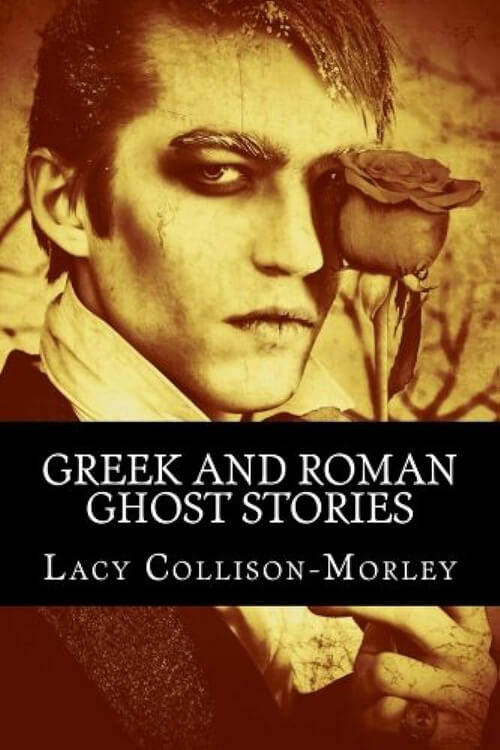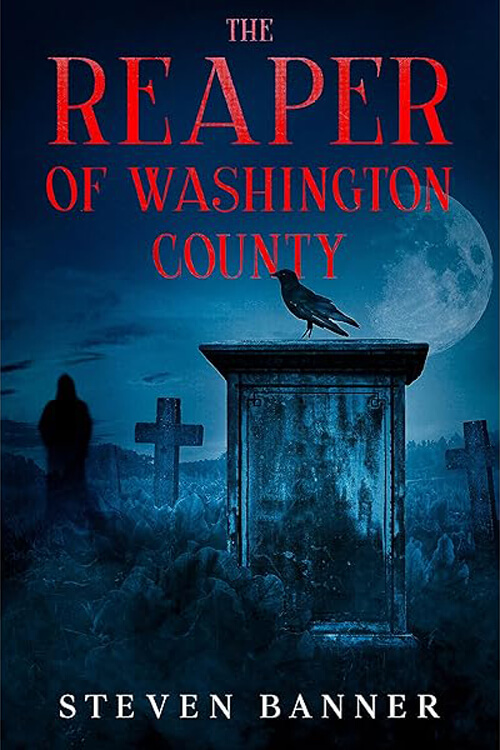
The Haunted House, A True Ghost Story
Amherst, Nova Scotia, is a beautiful little village on the famous Bay of Fundy; has a population of about three thousand souls, and contains four churches, an academy, a music hall, a large iron foundry, a large shoe factory, and more stores of various kinds than any village of its size in the Province.
The private residences of the more wealthy inhabitants are very picturesque in their appearance, being surrounded by beautifully laid out lawns, containing ornamental trees of various kinds and numerous beds of flowers of choice and sometimes very rare varieties.
The residences of Parson Townsend, Mr. Robb, Doctor Nathan Tupper, and Mr. G.G. Bird, proprietor of the Amherst book store; also that of Mr. Amos Purdy, the village Post Master, and others too numerous to mention, are sure to attract the visitor’s attention and command his admiration.
On Princess Street, near Church, there stands a neat two-story cottage, painted yellow. It has in front a small yard, which extends back to the stable. The tidy appearance of the cottage and its pleasant situation are sure to attract a stranger’s attention. Upon entering the house everything is found to be so tastefully arranged, so scrupulously clean, and so comfortable, that the visitor feels at home in a moment, being confident that everything is looked after by a thrifty housewife.
The first floor consists of four rooms, a parlor containing a large bay window, filled with beautiful geraniums of every imaginable color and variety, is the first to attract attention; then the dining room, with its old-fashioned clock, its numerous homemade rugs, easy chairs, and commodious table, makes one feel like dining, especially if the hour is near twelve; for about that time of day savory odors are sure to issue from the adjoining kitchen. The kitchen is all that a room of the kind in a village cottage should be, is not very large, and contains an ordinary wood stove, a large pine table, and a small washstand, has a door opening into the side yard near the stable, and another into the wash shed, besides the one connecting it with the dining room, making three doors in all, and one window. The fourth room is very small, and is used as a sewing room; it adjoins the dining room, and the parlor, and has a door opening into each. Besides the four rooms on the first floor, there is a large pantry, having a small window about four feet from the floor, the door of this pantry opens into the dining room. Such is the arrangement of the first floor.
Upon ascending a short flight of stairs, and turning to the left, you find yourself in the second story of the cottage, which consists of an entry and four small bedrooms, all opening into the entry. Each one of the rooms has one window, and only one door. Two of these little bedrooms face towards the street, and the other two towards the back of the cottage. They, like the rest of the house, are conspicuous for their neat, cozy aspect, being papered and painted, and furnished with ordinary cottage furniture. Everything about the little cottage will impress a casual observer with the fact that its inmates are happy, and evidently at peace with God and man.
Read or download Book
Walter Hubbell
Hubbell’s book was published in 1879 and proved popular, selling at least 55,000 copies.
Biography.
The Amherst case was also investigated by the British paranormal researcher Hereward Carrington, who took statements from surviving witnesses of the events in 1907 and published them, along with a detailed account of the case, in 1913. Other researchers looked at the case more critically than Hubbell: in particular, Dr. Walter F. Prince in the Proceedings of the American Society for Psychical Research (Vol XIII, 1919) made a detailed case for trickery by Esther Cox while in a dissociative state.
Prince noted that Esther’s male friend who had attempted to rape her was Bob McNeal and the alleged poltergeist activities of “Bob Nickle” only began a week after the assault. Egon Larsen who summarized the evidence examined by Dr. Prince commented:
All the evidence collected by Dr. Prince seems to indicate that Esther was more than just unstable: that she was a psychopath suffering from symptoms of a split personality: that she, or rather part of her, played ‘poltergeist’: furthermore, that most so-called eyewitness accounts were of little scientific value; and that there was only one beneficiary of the whole fraud: Walter Hubbell… The most unreliable witness, naturally, is Hubbell himself; for what use would his book have been if it had not told of amazing occurrences? There is no corroboration by others of the incidents he claims to have observed, only his affidavit (reproduced on the cover of the 1888 edition) that he actually ‘saw and heard the phenomena as stated’.
Larson also wrote that Hubbell’s first edition of his book asserted that his story had been fully corroborated by the inhabitants of Amherst and from strangers from distant towns but there was no evidence for this because not a single statement was verified by any witness mentioned by name. Hubbell quoted from some newspapers but upon investigation, these turned out to be traced to Hubbell himself. Larson stated that Hubbell had embellished facts to make his book sell more copies and the book served as excellent publicity for his acting career. Larson also quoted a letter from Arthur Davison who admitted that Hubbell “painted the facts up to make the book sell”.

